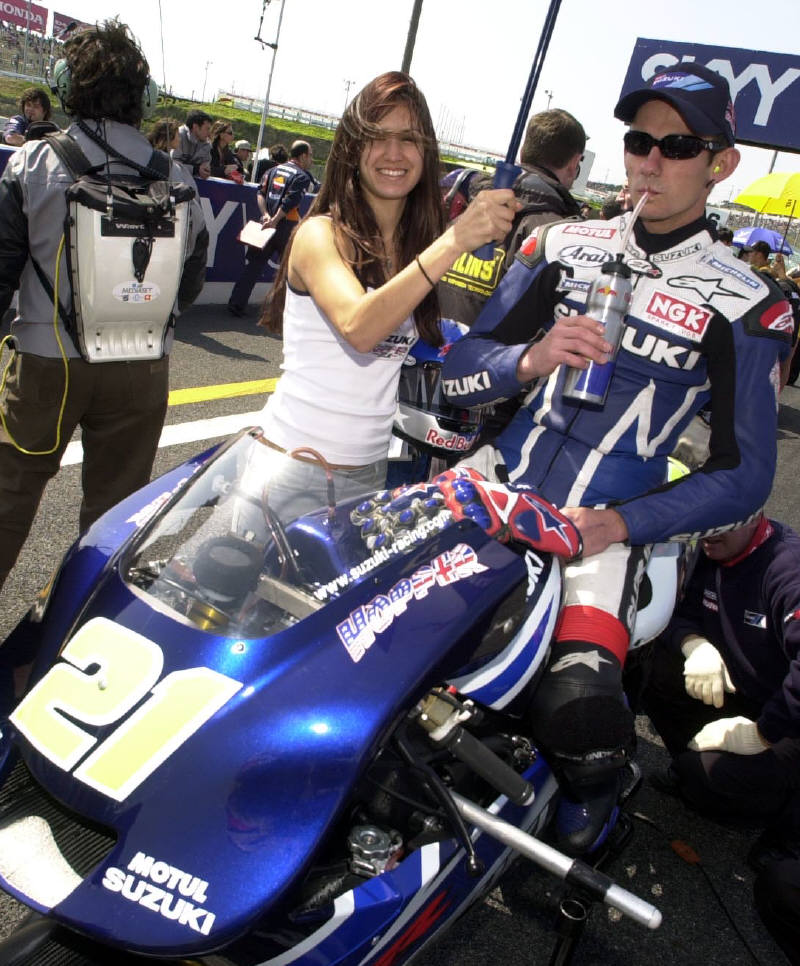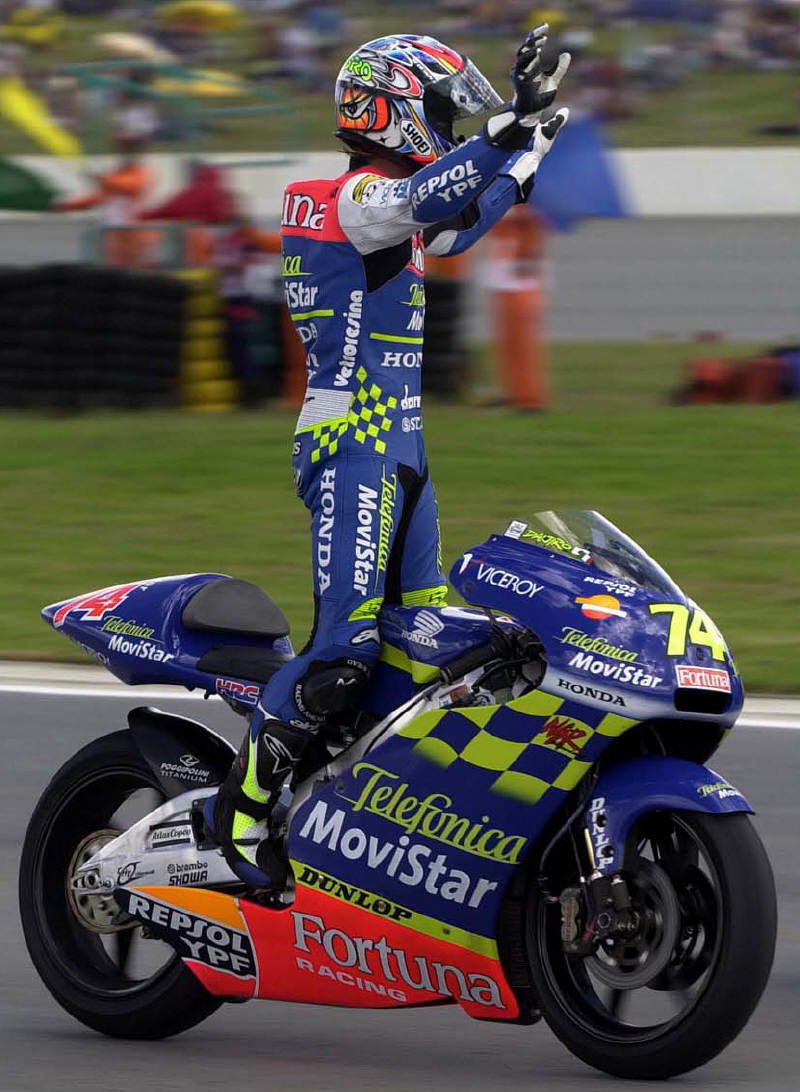Clear and present danger.
It's easy to forget just what grand prix motorcycle riders are all about. You can become very blas? while enjoying the usual banter in a busy media centre, or watching on television from thousands of miles away. That is until tragic accidents, such as Daijiro Kato's at Suzuka, jolt you back into reality.
Racing a motorcycle capable of speeds approaching 330 kph is one of the toughest and most demanding professions in the world and the domain of only a few talented and extremely brave individuals.

It's easy to forget just what grand prix motorcycle riders are all about. You can become very blas? while enjoying the usual banter in a busy media centre, or watching on television from thousands of miles away. That is until tragic accidents, such as Daijiro Kato's at Suzuka, jolt you back into reality.
Racing a motorcycle capable of speeds approaching 330 kph is one of the toughest and most demanding professions in the world and the domain of only a few talented and extremely brave individuals.
In contrast to cars, the risks of a motorcycle racer are much, much higher - literally holding on to their bucking and sliding machine with only what they are wearing to protect them, and thats before you throw in the certain bar-to-bar racing.
On a more technical level, another difference is clear - motorycycles are more unstable. That means that if they experience a 'disturbance' (depending on the situation) they are much less likely to recover without rider intervention than a car. In basic terms, a bike can 'fall over', a car can't.
The MotoGP community is a close knit family and Kato's accident at Suzuka was like an electric shock to the heart. Everybody felt the pain and everybody is praying for Daijiro's family at such a tragic time.
So much has been done to improve riders safety over the years and there had been no serious accidents for nearly ten years. Naively perhaps, some thought it could never happen again.
When grand prix Motorcycle racing started in 1949, it was on public road circuits such as the TT races in the Isle of Man or the Nurburgring in Germany.
The roads were closed for the weekend for the races to be held, while straw bales were scattered on the most dangerous parts of the circuits to try and protect the riders if they fell.
As the speed of the machines increased the circuits became more and more dangerous. Bad accidents were part and parcel of a rider's very existence in those pioneering days of the early fifties.
Purpose built circuits slowly started to replace the road circuits but they were often built to accommodate the financially more rewarding car races.
Cars and motorcycles crash in a different way and in different places. Armco barriers that had been constructed to prevent cars going off the circuit proved a lethal barrier for far too many grand prix motor cycle riders.
Greedy promoters at the time did little to make safety improvements that cut down their share of the profit and so the riders took matters into their own hands.
Led by Kenny Roberts and the late Barry Sheene they threatened to break away from the establishment and run their own World Series in 1980. The new series never materialised but its very threat brought a very different attitude to safety from the Organisers and Promoters.
Circuits became more motorcycle friendly while riders had their own representative that vetted new circuits or improvements to the old ones. Gradually the old road style circuits, that to some may still prove the ultimate challenge but to many their very last challenge, dropped from the grand prix calendar.
From the original list of six venues that staged the first World Championship series in 1949 only one remains. Assen in Holland may have started as a road circuit but the modern purpose built 6.027 km track is one of the leading venues in 21st century grand prix racing.
Medical facilities both at the circuits and nearby hospitals, were improved and the travelling Clinica Mobile has saved many riders from serious injury by treating them just minutes after an accident.
As the speed of the machines continued to increase riders also took more care of their own protection. Full face helmets had long replaced the old pudding basins. Leathers ncluded elbow and knee pads while the simple back protector became an essential part of the riders safety equipment.
When Kato finally lost his battle on Saturday, the grand prix community was preparing to leave for Welkom for the second round of the World Championship, the Africa's Grand Prix.
To people outside the sport, it may seem almost irreverent to be preparing for a race in such tragic circumstances.
Without a doubt, it is just what Kato would have wanted and expected people to do.
The MotoGP family has been devastated by the death of one of their favourite sons but like him, racing is in their blood. They will both honour and pray for him, his family and team in the only way they know would have made him smile, by testing themselves to their very limit in a sport he loved so much.


